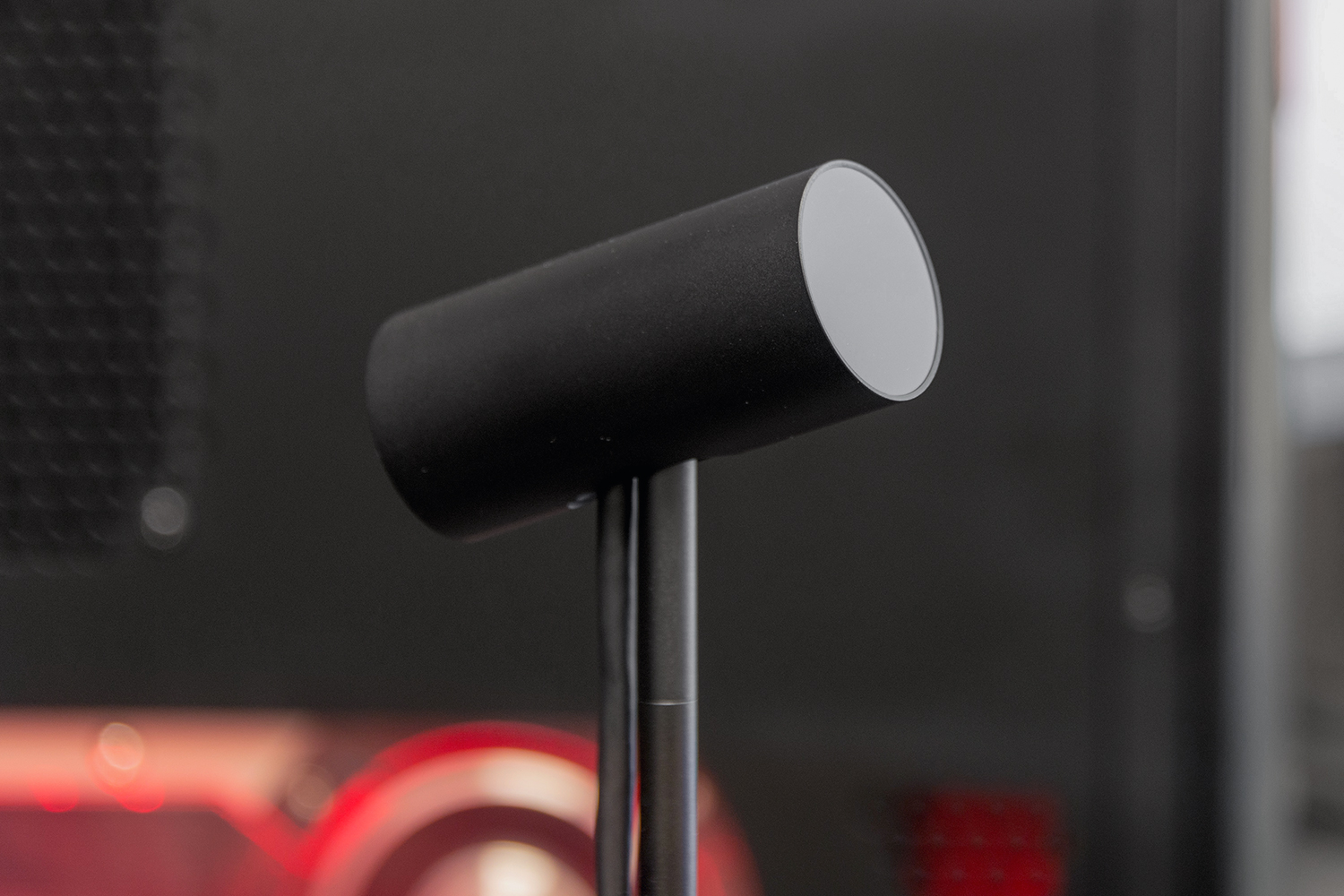
Its terrifying enough that gamers will have to deal with the recent release of Resident Evil 7, which is exclusive to PlayStation VR. But consider this, someone could be watching you right now through your Oculus Rift sensors, which is built in much like the webcam in your laptop.
While sensors focus on the movements of infrared light around the objects in front of them, in the hands of malicious malware it can be used to pull recognizable images from the data the sensors collect.
Before you start covering up your Oculus tracking sensor, if you are the kind of person who covers up their laptop’s webcam (which you should by the way), rest assured getting those images from the Oculus to show up is no trivial matter.
When the Oculus connects to a computer via the USB port, it is designed to disguise the webcams as something else. However, successful attempts have been made to get the computer to recognize the sensors for the camera it truly is.
In a recent interview with UploadVR, researcher from the University of California, Davis, said he has discovered ways to get images from the data the sensors collect.
Facebook has assured customers in no way does the Oculus collect images or videos from its users. Any frames from the sensor are immediately discarded once they travel through the USB.
“The sensor isn’t connected directly to the internet and we do not store any frames captured by the sensor, so there is no way for someone to access this information from our servers,” a representative said.
The threat seems as likely as the one we’ve gotten used to with our built-in cameras. The Oculus is a new expensive piece of equipment which is used by players to log hours and hours of virtual reality gameplay —but, if invaded by a malicious hacker, they could also be turned into working cameras as hubs for monitoring and surveillance.







